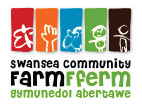Have your say on local green spaces
Have your say on local green spaces
Swansea Council have asked Urban Foundry to speak to people about their thoughts on proposals to provide more protection to areas for nature and people, by officially certifying them as Local Nature Reserves (LNRs).
To qualify as an LNR, a site must:
– Have natural features of special local interest.
– Be legally controlled by the local authority, either through ownership or a management agreement with the landowner.
Swansea Council would love to hear your thoughts.
Please see details of the 16 proposed Local Nature Reserve sites and maps below.
It’s important to gather a clear picture of views on each site.
Please make sure your answers are specific to the site you choose in question 1.
If you want to comment on more than one site please complete the survey again for each site.
Brynlliw

Clyne Valley Country Park
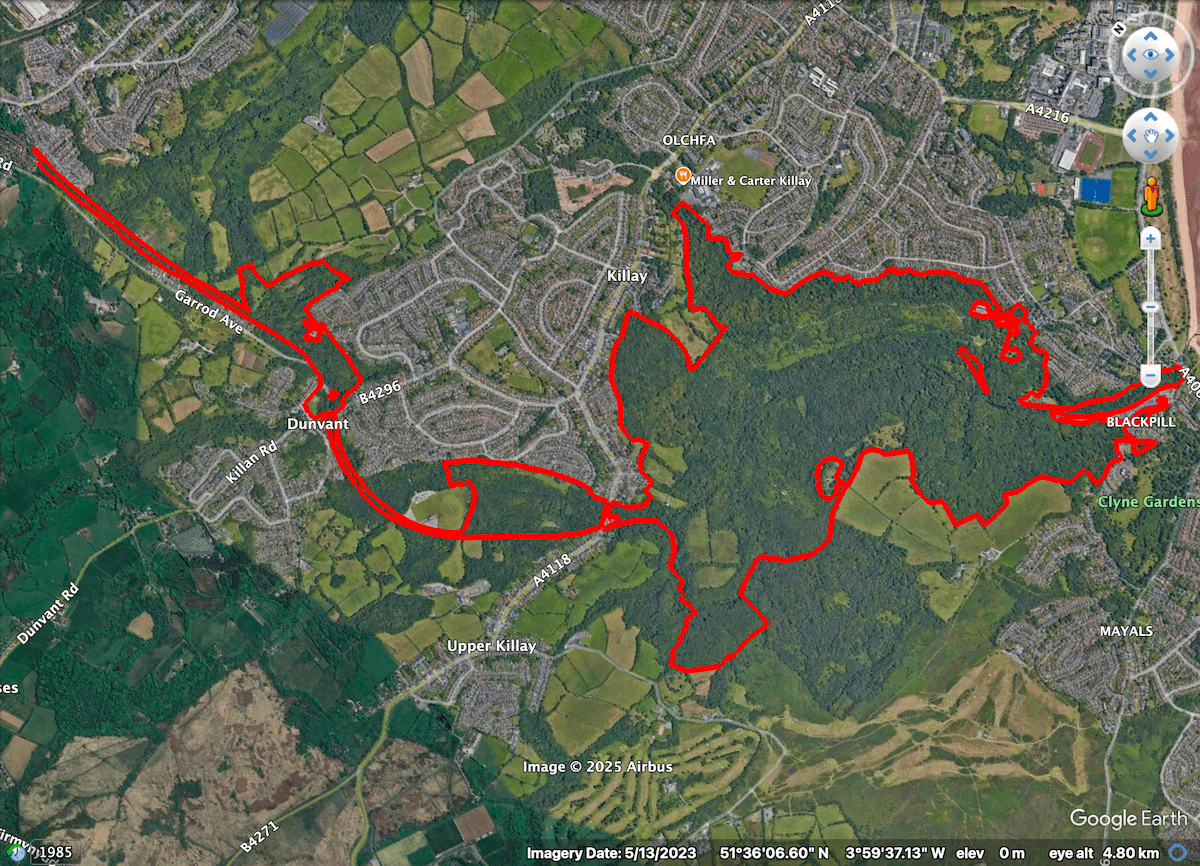
Coed Bach Park
This park in Pontarddulais hosts tennis courts, a fitness trail, skate park, playground and much more. It is special for its ancient semi-natural woodland, wet woodland, as well as species-rich grasslands and dry heath. These habitats of principal importance provide a home for many different plants, including bluebells, butterflies, and birds such as Linnet and Song Thrush.
To find out more, drop in to:
Canolfan Y Bont
28 Dulais Road
SA4 8PA
1–5:30pm, 3 November
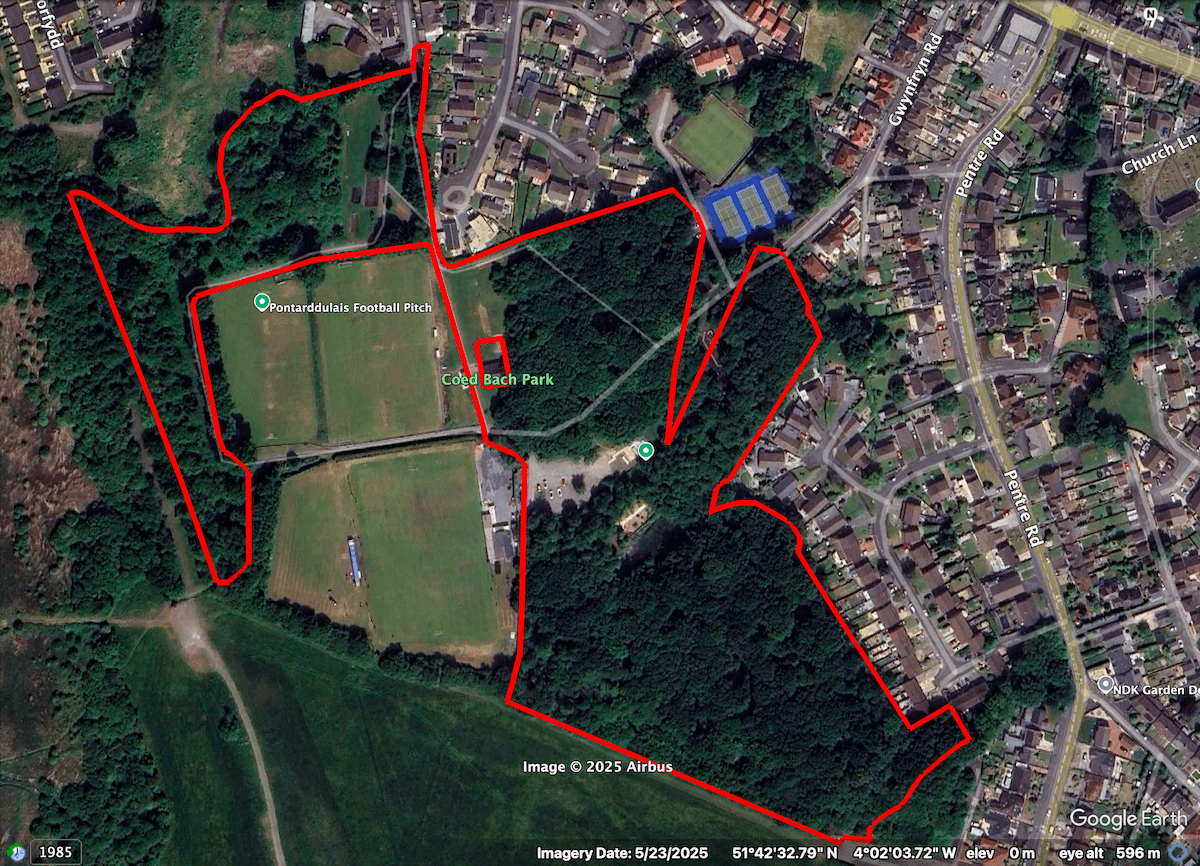
Garth Farm
Garth farm is special for its 3 hectares of peatland as well as its unique woodlands that are a legacy of an old tree nursery. Peatland is an important carbon sink, helping fight climate change as well as providing a home for specialised plants, sphagnum mosses, and invertebrates such as dragonflies and damselflies. Part of the site is also designated as a geological Site of Special Scientific Interest. Footpaths and boardwalks run through the site and National Cycle Network Route 43 runs along the western boundary, connecting Swansea Vale and Clydach.

Hillside Wildlife corridor
(including Pantycelyn, Rosehill Quarry, Nicander, the Ravine, Mayhill Pond and Slopes, Cockett Park, Ganges, and Gors Ave)
This site is made up of a series of woodland and grassland slopes that connect the communities of Townhill, Mayhill, Cwmbwrla and Cockett. An active travel route runs through part of the site as well as various footpaths. The sites are often on steep slopes, with sweeping views over Swansea Bay, and they also act as an important connectivity corridor for various animals, such as red foxes. Oak trees, bluebells, bats and tawny owls are found within the site as well as a small area of heathland near Sea View Primary.
To find out more, drop in to the:
Phoenix Centre
Powys Avenue
SA1 6PH
3–7pm, 30 October
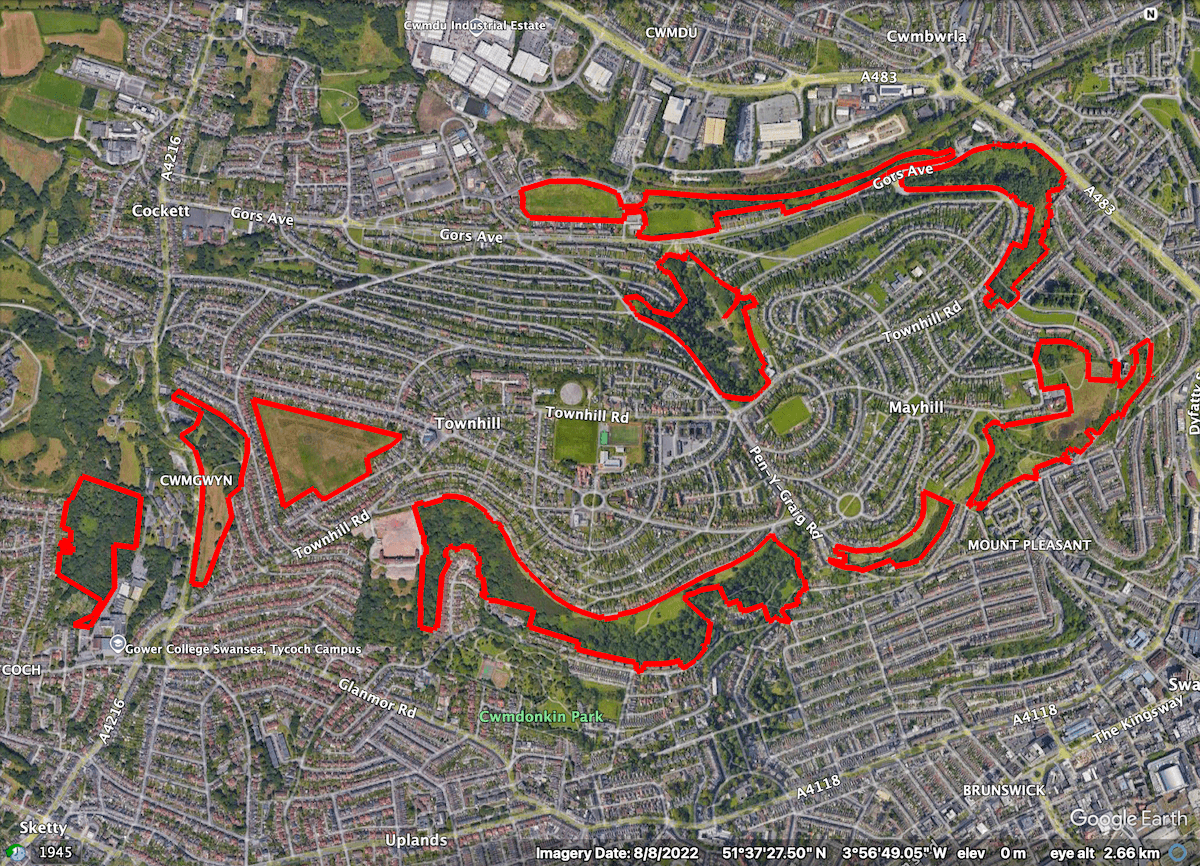
Llewlyn Park and Heath
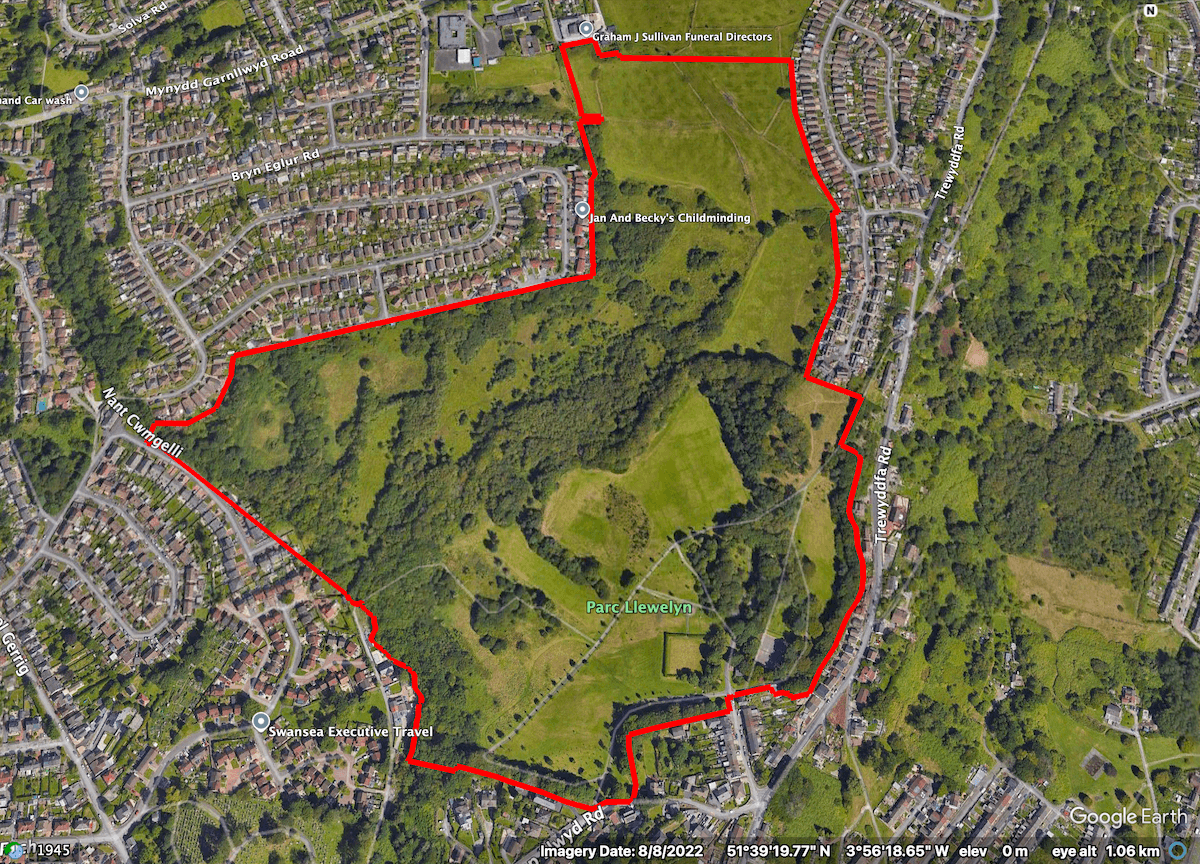
Loughor Foreshore Park
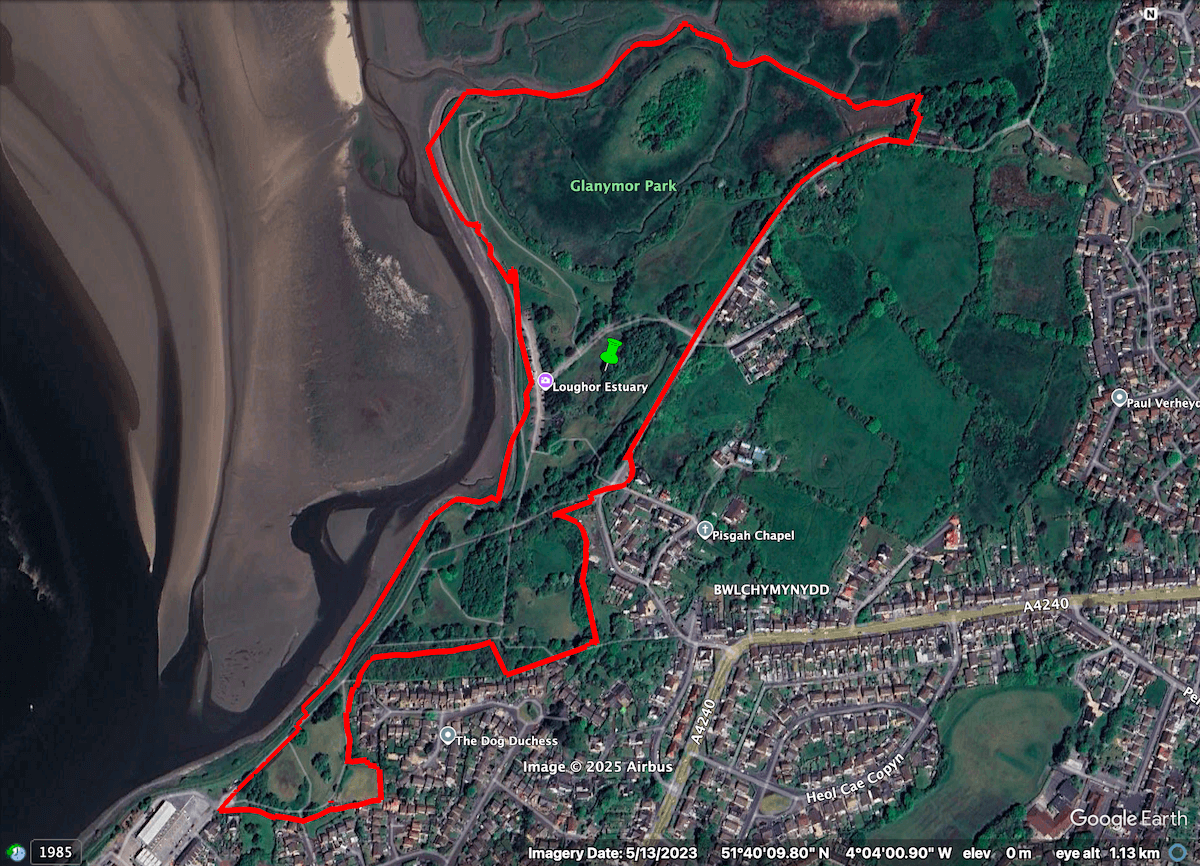
Lower Swansea Valley – Pluck Lake to Llansamlet
This site is important for its range of unique habitats that have developed on post-industrial land. Part of the site is already designated as a Site of Special Scientific Interest for rare metal loving lichen and plant species. Pluck lake is a large lake on the site that is used for fishing. Footpaths and active travel routes connect Morfa, Bon-y-Maen, Winch Wen & Llansamlet with National Cycle Network Route 43 running along the southwestern boundary of the site. The area supports a mix of conifer and some broadleaf woodland, plus marshy grassland to the north. A range of rare plant species like spring sandwort, as well as otter, newts and dragonflies make their home here.
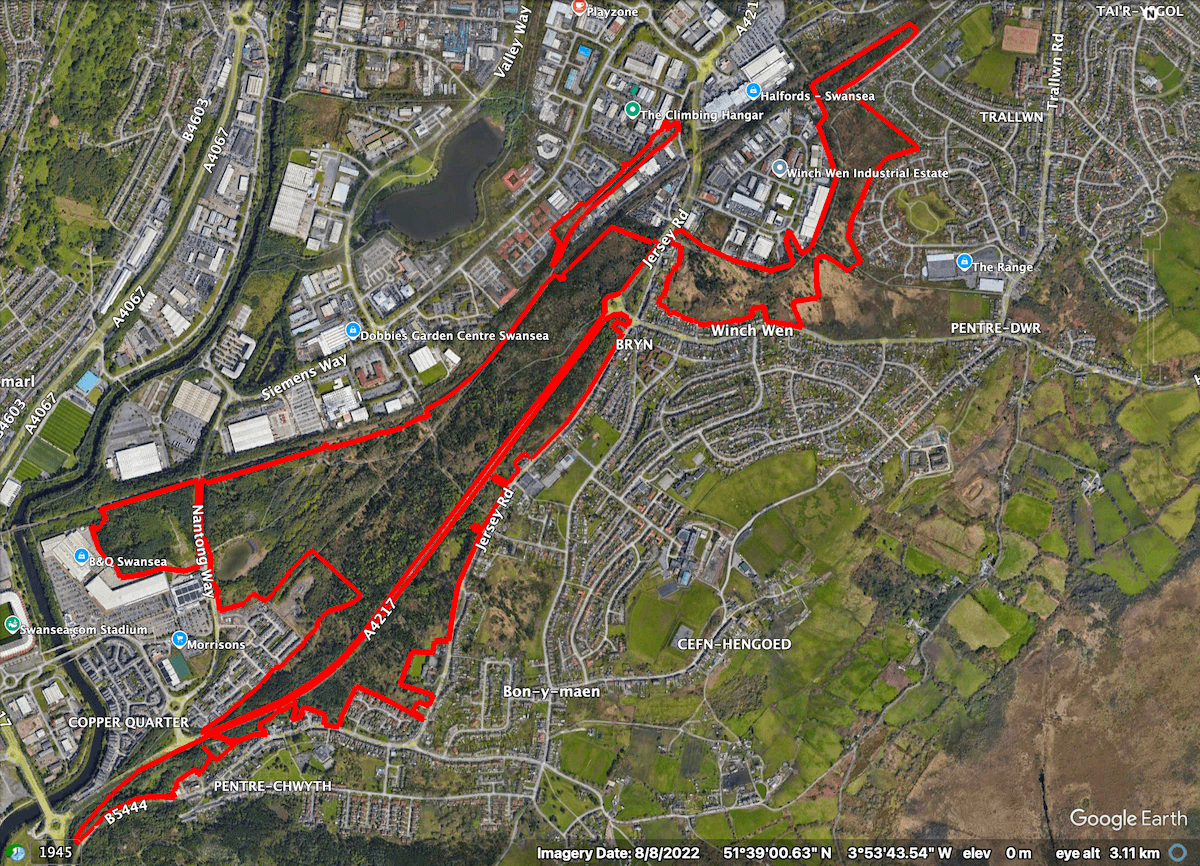
Melin Mynach

Penlan Racecourse
This steep site is central to the communities of Penlan, Gendros, Manselton, Brynhyfryd and Tre-boeth, with views over to Lower Swansea Valley and Swansea Bay. In the late 1800s it formed part of a racecourse that was once considered one of the finest in Britain. Today, it is important for wildlife due to the marshy grassland and acid grasslands present. Some of the acid grasslands have lots of anthills which is an indicator that they could be beneficial for biodiversity and that the grassland has been undisturbed for a long time. There are also pockets of scrub and woodland present on site which provides homes for a variety of different species. Small blue butterfly and Orchids have been recorded here.
To find out more, drop in to:
Penlan Library
Heol Frank
SA5 7AH
10–12.30pm, 8 November
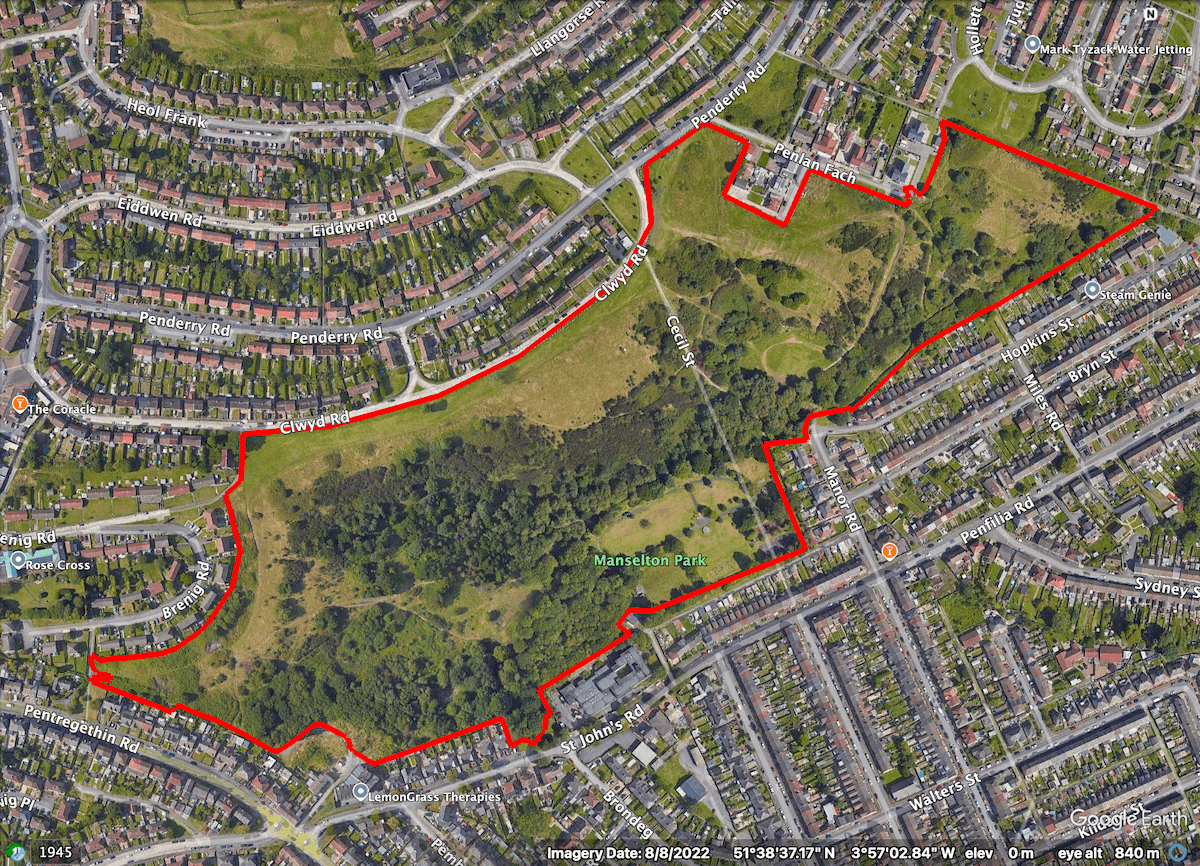
Port Eynon
This coastal site is a special place for nature, made up of a mix of habitats like sand dunes, grassy areas on chalky soil, and dramatic sea cliffs. These habitats are nationally important and support a wide variety of plants and animals, some of which are rare including sea stock, brown banded carder bee and black-oil beetle. The edges of the site are also part of two Sites of Special Scientific Interest designations that include geological features as well as rare cliff plants, coastal limestone grassland habitat important invertebrates. The Wales Coast Path runs across this site.

Singleton Park & Brynmill Park
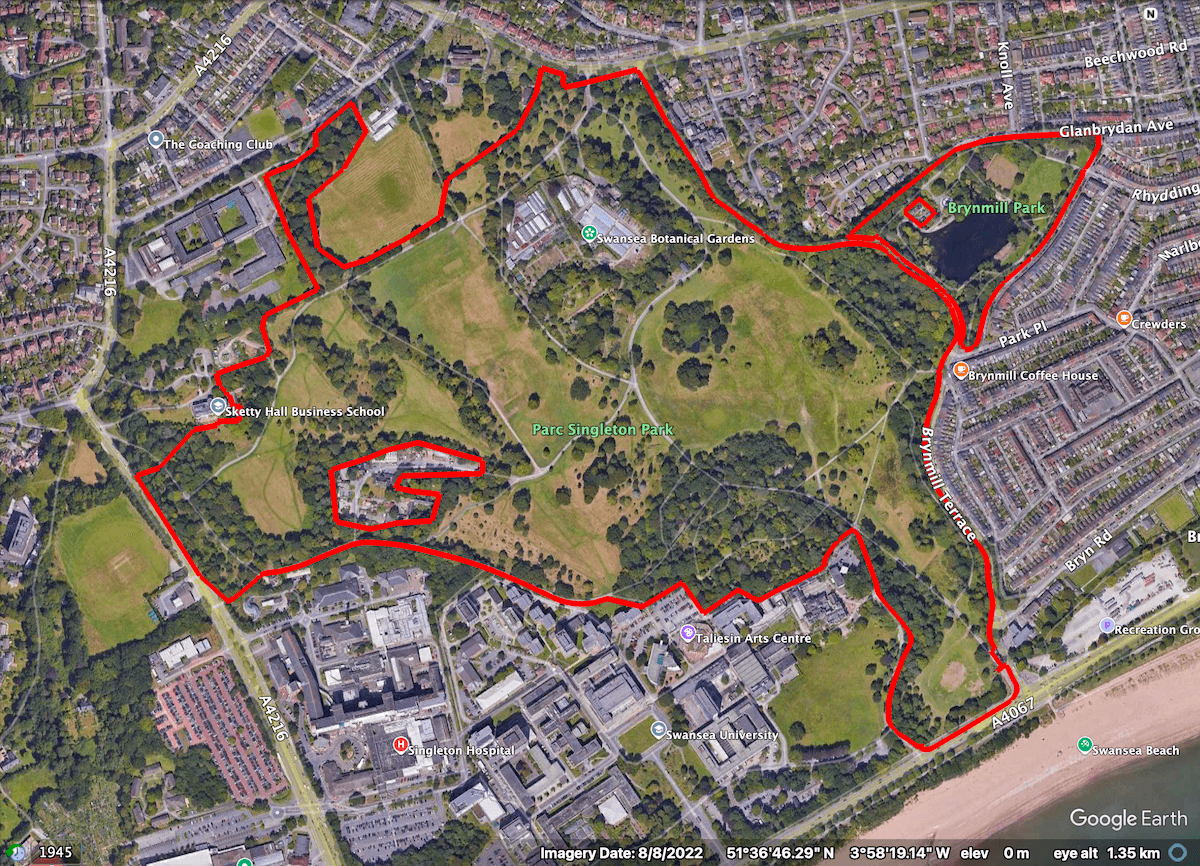
Swansea Bay
This site stretches along the entire Swansea Bay coastline, from the sand dunes near Swansea Marina all the way to Mumbles Pier. Part of Swansea Bay is already designated as a Site of Special Scientific Interest for overwintering migratory birds. It’s a sheltered bay with wide areas of mud and sand that are vital feeding grounds for migratory birds, marine fish, and other shoreline wildlife. On land, there is a mix of natural features like sand dune remnants, grassy areas, trees, and streams. The variety and extent of habitats here makes it a great place for wildlife, offering homes and feeding areas for bats, birds, reptiles, small mammals, fish, and many types of insects. The Wales Coast Path runs along the entire length of the Bay and is also part of National Cycle Network Route 4.

The Cliffs - Caswell Bay, Langland Bay to Mumbles Head and Mumbles Island
The site is special for its coastal habitats. The site includes the following bays, which can all be accessed via the Wales Coast Path: Bracelet, Limeslade, Rotherslade, Langland and Caswell. The vegetated cliffs, though dominated by scrub have pockets of calcareous grassland and remnant heath. The beaches also support boulder communities, reefs and blue mussel beds. The Dartford warbler has been known to nest in the area and the site provides important habitat for reptiles and many invertebrates. Parts of this site are also designated as Site of Special Scientific Interests for geological and rare plants such as Juniper.
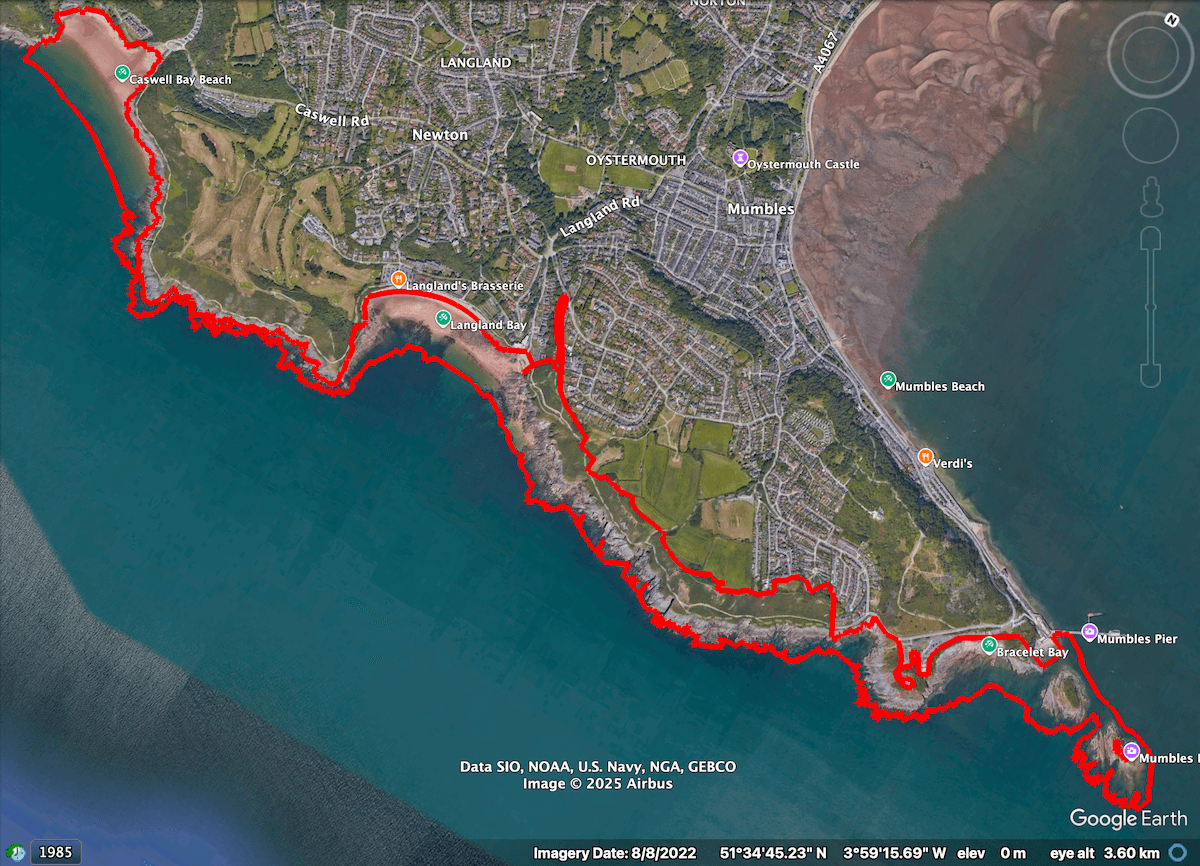
West Cross Woodlands & Washinghouse Brook
This collection of sites is important for its ancient semi-natural woodland where bluebells and wood anemone can be found early in the year. The woods form a connectivity corridor to the larger Clyne woodlands and provide a home to many species of bird including woodpeckers and jays. Footpaths run along the brook towards Swansea Bay, taking users past West Cross Community Hub. There’s children’s playground at West Cross Woodlands too.
To find out more, drop in to:
West Cross Community Centre
Linden Avenue,
SA3 5LE
4.30 – 7pm, 21 November
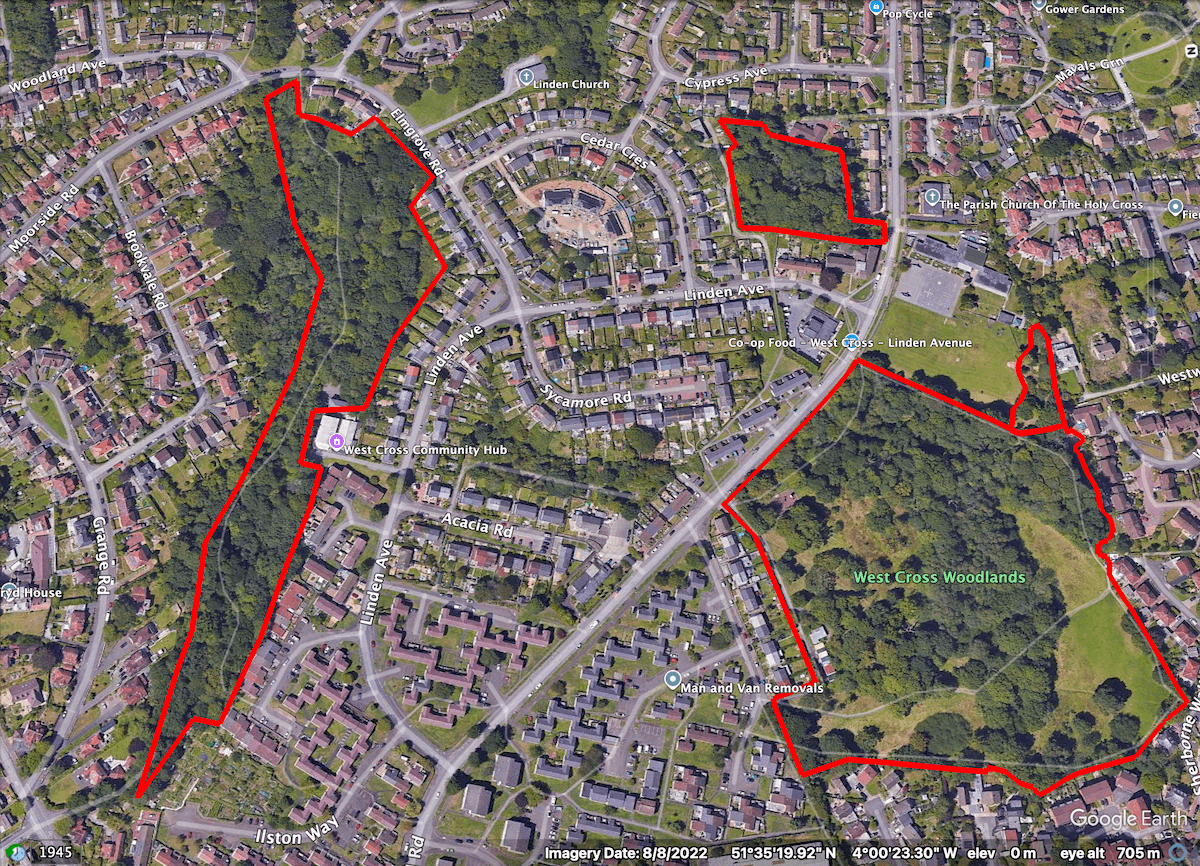
Ynysforgan Woods
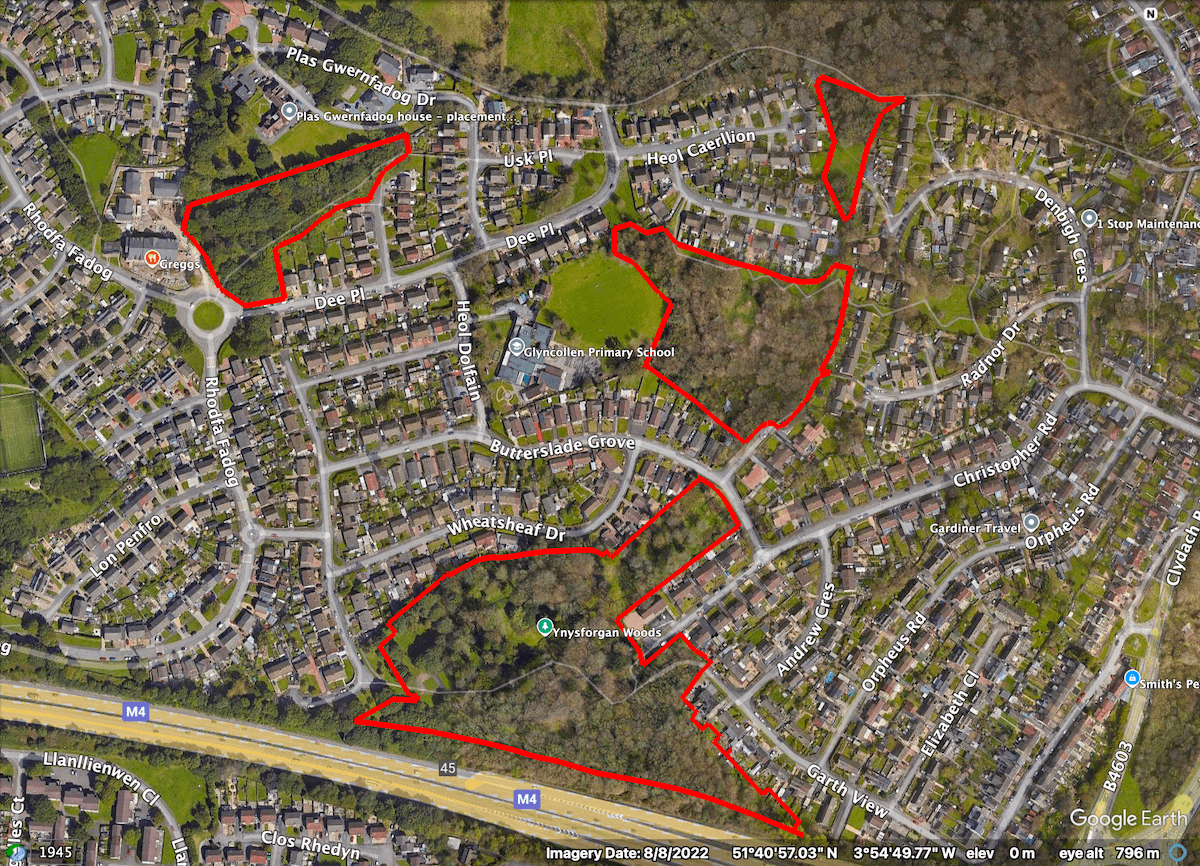
It’s important to gather a clear picture of views on each site.
Please make sure your answers are specific to the site you choose in question 1.
If you want to comment on more than one site please complete the survey again for each site.





